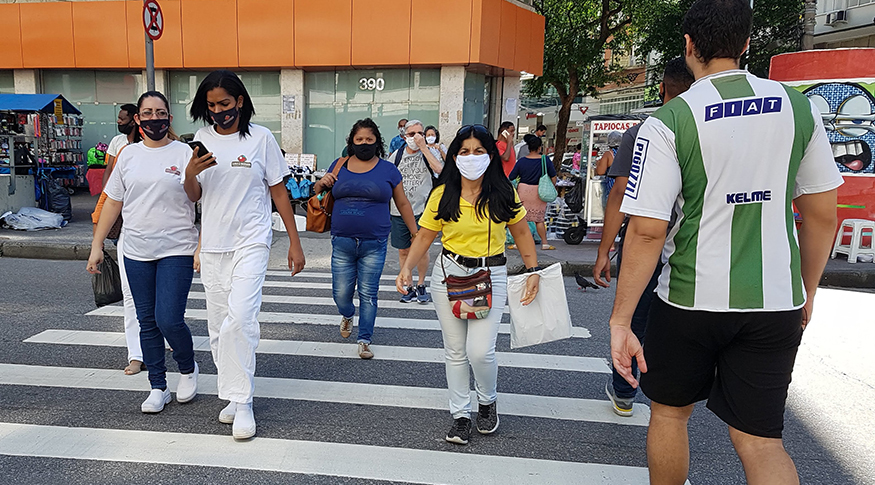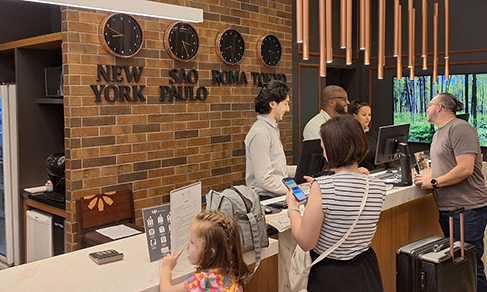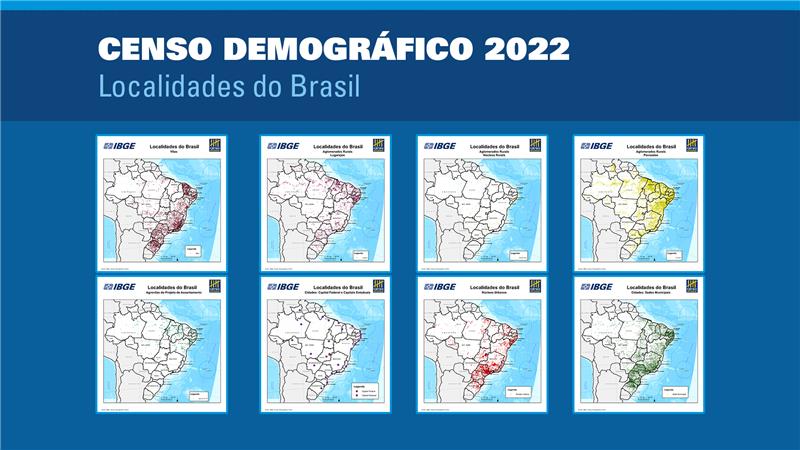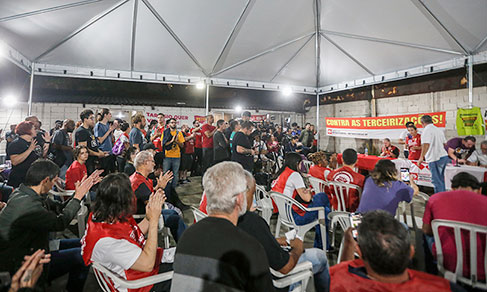PNAD COVID19
Decrease in the number of persons who would like to work but did not go job searching in the second week of August
September 04, 2020 09h00 AM | Last Updated: September 10, 2020 04h05 PM
Errata 1: Differently from the previous title suggested, the decrease by one million in the number of persons who would like to work but did not search for a job does not necessarily mean this population put the labor market under pressure.
Errata 2: The number of persons who would like to work but did not search for a job is of 1 million in the second week of August, and not 1.6 million, as released in the first version.

The number of persons who would like to work but did not look for a job decreased by one million, from 28.1 million to 27.1 million. This group also includes the persons who would like to work, but did not look for it either because of the pandemic or for lack of work in the place where they live. This specific category fell from 18.3 million to 17.7 million.
A share of this population managed to get a job, but the remainder are now unemployed, according to the data of the weekly release of the PNAD COVID19, put out today (4) by the IBGE. The unemployed population remained stable in the period, at 12.9 million.
“Although not very significant, we had a small increase in the employed population (82.1 million) and in the unemployed, and a slight decrease in the population out of the workforce (75.4 million). That suggests, as we had already observed last week, a subtle recovery in the economic activities and employment recovery ”, analyzed the survey coordinator, Maria Lúcia Vieira.
This possible recovery can be seen in the data on informality. Although it remained statistically stable in the second week of August, the total number of people who were working informally (28.0 million) was slightly higher than that recorded in the previous week (27.9 million). The informality rate was 34.1%. In early May, 30 million were working informally.
Informal workers include private sector employees without a formal contract; domestic workers without a formal contract; employers who do not contribute to the INSS; self-employed workers who do not contribute to the INSS; and unpaid workers to help a householder or relative.
The other labor market indicators show that, in the second week of August, the number of people who were away from work due to social isolation was stable at 4.3 million. On the other hand, the group that was away from work for other reasons increased to 2.7 million, either due to maternity leave or illness. The contingent of employed persons who worked from home remained stable (8.3 million).
Growth in the number of students with school activities
In this weekly edition of PNAD COVID19, the IBGE also started to release data on the frequency and occurrence of activities by students enrolled in schools and universities and the population's behavior in relation to the social distancing adopted to avoid the spread of the coronavirus. This information already integrates the monthly version of the survey.
Of the 45.8 million students who attended schools or universities, 36.8 million (80.3%) had school activities in the second week of August, an increase of 1.6 million compared to the previous week. The remainder had no school activity (16.6%) or was on vacation (3.0%).
Among the Major Regions, the lowest percentage of students who had school activities was in the North (56.2%). Another 39.0% were left without activities, which corresponds to 1.8 million students.
In the other Regions, the percentage of students with school activities increased in the second week of August: in the Northeast, 73.8% had activities; in the Central-West, 85.8%; in the Southeast, 86.6%; and in the South, 92.1%.
In the second week of August, 24.3 million students (66.0%) had school activities for five days a week. That number is 1.6 million higher than that of the previous week. Among the Regions, this percentage was 54.5% in the North; 63.7% in the South; 65.3% in the Northeast; 68.1% in the Central-West and 68.8% in the Southeast.
4.4 million did not take any measures to avoid the coronavirus
Among the country's 211.2 million inhabitants, 4.4 million (2.1%) did not take any restrictive measures to prevent the spread of the new coronavirus in the second week of August. This number was stable in comparison with the previous week. The population that remained strictly at home was also stable: 44.4 million people (21.0%).
On the other hand, the group that reduced contact increased by 2.9 million, but continued to leave home or receive visitors (74.5 million). The population that stayed at home and only left for basic necessities decreased to 86.4 million (40.9%), in relation to the first week of August.
Less people with symptoms are seeking care
In the second week of August, the number of people who felt any of the flu-like symptoms fell from 13 million to 12 million compared to the previous week. The group that sought medical care also decreased to 2.7 million. In early May, when the survey began, 26.8 million reported symptoms and 3.7 million people sought care.
Headache was the most recurrent symptom (5.4 million) in the second week of August, followed by stuffy or runny nose (4.8 million), cough (4.3 million), sore throat (3.2 million) , muscle pain (2.9 million), fatigue (2.1 million), loss of smell or taste (1.3 million), breathing difficulty (1.3 million) and eye pain (1.1 million) .
The demand for care in hospitals in the public health network dropped to 15.4% among the 2.7 million who had any of the flu-like symptoms. The majority (45.8%), however, said they sought medical care at SUS units. Another 22.1% went to emergency rooms. In the private network, the demand for outpatient care or private military doctor's offices increased to 11.3%. The remainder went to private hospitals (9.3%) or private emergency rooms (3.7%). About 116,000 people with symptoms were hospitalized.
In the same period, 77.1% did not seek any health facility. 60.5% said they took medicine on their own. Another 11.7% took prescribed medication. In addition, 4.1% called a health professional and 2.7% received a visit from a SUS health professional.



















